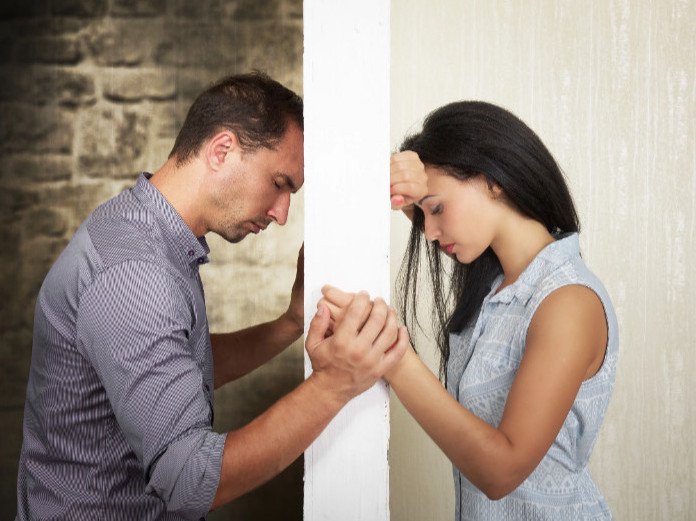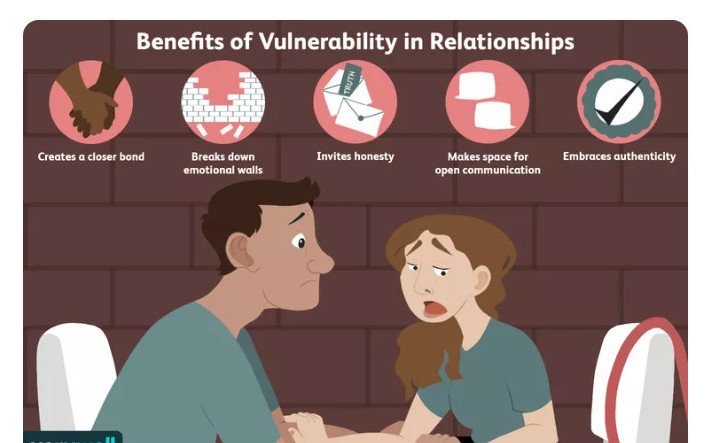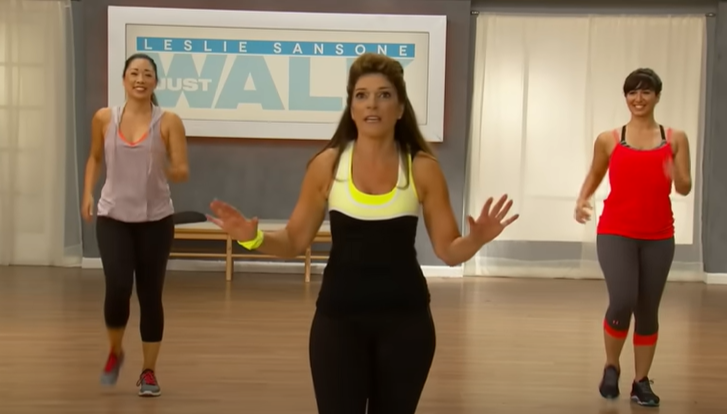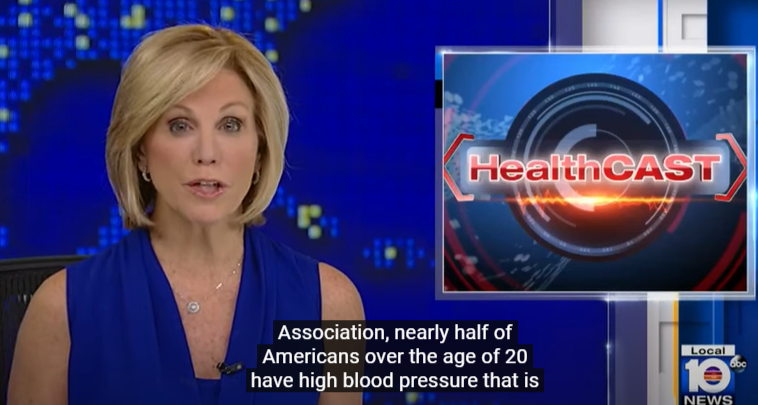Change Your Relationship – Navigating the Five Stages of Connection
As an Amazon affiliate I earn from qualifying purchases at NO extra cost to you.

Hi there. I hope you are having the best times of your life. We, collectively, have gotten through some pretty tough times in the last few years, to say the least. As Dr. Schuller’s quote states -” Tough times never last; tough people do.” However, not everyone can power through tough times. Some of you may have to change your relationship patterns at times of intense stress.
Change Your Relationship
Those tough people all have a few things in common. They have purpose, resilience, and they are surrounded and loved by people who have the same core values and principles. Some of you may have to change your relationship with certain individuals at some point. So, come along with me and let’s find out if and when we need to adjust our sails and move our life forward. Human are designed to love.
Every human being is designed to love and be loved. Love is one of the most profound emotions known to human beings. There are many kinds of love, but many people seek its expression in a romantic relationship with a compatible partner. We all need human connections. One of the major keys to life is connection with family and friends.
Human Connection is Innate
While the need for human connection appears to be innate, the ability to form healthy, loving is learned. Some evidence-based studies suggest that the ability to form a stable relationship starts to form in infancy, in a child’s earliest experience with a caregiver or parental figure. This is when we form our first human connections.
Our First Relationship Starts in Childhood

Children rely on parents for food, care, warmth, protection, stimulation, and social support. These early relationships establish deeply ingrained patterns of relating to others. However, over time, throughout the life cycle relationships some grow while others wane. Ending a relationship is often deemed a source of great psychological anguish. (Lisa Firestone, Ph.D., clinical psychologist). Let’s dive into the dynamics of a relationship.
Dynamics of a Relationship
Relationship dynamics are the patterns of behavior that happen between people in the ways we relate, interact, and communicate with each other. Having an awareness and understanding of these dynamics that play out in our relationships puts us in a position of empowerment. This helps us to maintain over time.
How to Maintain a Relationship?
To maintain a stable relationship, we have to be true to who we are and at the same time, be sensitive to another person. Dignity and respect must reign supreme in a long-term relationship and boundaries must be established and maintained. This is also true across all types of relationships.
Four Types of Relationships
While there are many different types of relationships, the four main types are typically identifying as:
- Family
- Romantic
- Friendships
- Acquaintances
Relationships are Not One-Size-fit All
Relationship types are wide and varied. Standards that work for one couple or union may not work for another. One partner may be domineering and controlling while the other partner will seem passive and submissive. Therefore, in an equal it is important to directly ask for what you want and need from your partner and give them a chance to respond before moving too swiftly. Unfortunately, there is no one-size-fit-all manual to refer to.
No Behavioral Manual for Relationships
Many of us make the mistake of expecting our partners to be mind readers. This idea will dampen the connections right out the gate. There is no manual the comes with our partners, so we have to be on guard of our behavioral etiquette. We have to play it by ear. Misreading leads to disappointments.
Case in Point:

You are just about to celebrate your first year in your relation. Your love interest is doing everything right. He calls every day, never missed a holiday sending you a card on each holiday, takes you out on excellent dates and surprises with sweet getaways and more. Things are beginning to heat up. No red flags in sight.
Hail to the Red Flags
Then, red flags are showing up here and there. He doesn’t call as much, you get fewer cards, flowers, and phone calls. There is trouble in paradise. You begin to question the relationship. Did I choose a loser? Is it something I did or said? Is something off? Keep in mind that love are not earthquake proof. They change over time.
Relationships Change Over Time
All loves are different and move at their own pace. However, the one thing they have in common is that they do change over time. “How they change directly correlates with how the people in the relationship are changing” according to Shawntres Parks, Ph.D. Couple must embrace self-development muscles.
Self-Development is Key
Dr. Parks suggests that if both partners engaged in self-development and becoming more self-aware, more introspective, more insightful, chances are your loves is going to grow in a more positive way. Couples that are most successful are open to change, and willing to navigate ups and downs of loves together. Dignity and respect must rule.
Communication, Dignity and Utmost Respect

All good, compatible loves have similar things in common. First and foremost, there is dignity and respect for one another. There is no master/slave, boss/submissive attitudes visible. There is a certain level of honesty, commitment, trust, and communication. If your relation is void of any one of these traits, Katie, bar the door. It is time to re-evaluate the love. Be on the look-out for any of the following issues to assess if it is time to end the relationship:
- Misunderstanding Instead of Understanding
- Showing Lack of Affection
- Inadequate, Impersonal, or Routine Sexuality
- Overstepping Boundaries
- Sending Mixed Messages
- Using Deception Instead of Honesty and Integrity
- Shared Meaning and Experiences
- Maintain Independence and individuality
- Being closed to New Experience
- Angry Reactions to Feedback
- Isolation and Jealousy

A relationship doesn’t exist in a vacuum. It is imperative that there is a two-way communication in place at all times. Couples must be open to new experiences to keep the interactions alive. Solid loves are built on deep-tooted love and understanding. Communication, trust, and respect are non-negotiable. They require full-time commitment. Vulnerability can enhance a relationship.
Vulnerability Enhances the Relationship
Although opening up ourselves to our partner engenders our vulnerability, it can also enhance the love and build trust. In an ideal case, we share our weaknesses and strengths with our partners. You learn to ask each other at face value. After all, the goal is to share life together and bring out the best in each other. You should buttress each other and not tear each other down as you navigate through the different stages of your relationship.
Different Stages of a Relationship
- Attraction
- Curiosity
- Crisis
- Deep Attachment
- Commitment
- Attraction: The early days of the relationship are the honeymoon phase. Everything is exciting, new, and you get butterflies being in your love interest’s presence. According to Helen Fisher, neuroscientist, and senior researcher “In the early part of a love the falling in love stage – the other person is the center of your life. You forgive everything in these early stages.
- Curiosity: As the infatuation fades a bit, you start investigating your partner who they are as a person. This is when the mask comes off and you are figuring out your partner’s true self.
- Crisis: Even in the early stages, there are times when a couple will drift apart. Weaknesses, differences, and flaws may surface. This is the time of disappointment, but also learning and growth.
- Deep Attachment: This stage is the calm after the crisis storm. You know each other better and you are at the crossroads. You question if will you continue this path together and strengthen your bond or have you learned things from the crisis that make you reevaluate your relationship? Those in deep attachment take the final step to stage 5.
- Commitment: At this stage, couples have a strong understanding of each other’s values and goals for the future. They have decided they are in it for the long haul and in relationship with each other’s family and friends too. However, you may return to previous stages, but if you’ve reached commitment, you have made each other a priority. You’ll roll with the punches and make adjustments as needed. You have decided to overcome life’s transitions together.
Of course, conflict is an inevitable part of a committed relationship. But if you feel something is standing in the way of your progress through the relationship stages, feel free to consult a licensed couples therapy. Be bold, be strong, and stay active!
Final Thoughts
Thank you for joining me on this relationship journey. Navigation through the five stages is a daunting task for many couples. No worries. You never have to go it alone. Remember, there are no perfect relationships. Each one is a work in progress that takes hard work and patience. Also, let me know how your relationships are going. I will be glad to share my knowledge and expertise on this subject. Please leave your comments and feedback in the space provided below. I look forward to hearing from you.
Rachele, Founder
w: mybluegenes.com
e: rachele@mybluegenes.com






